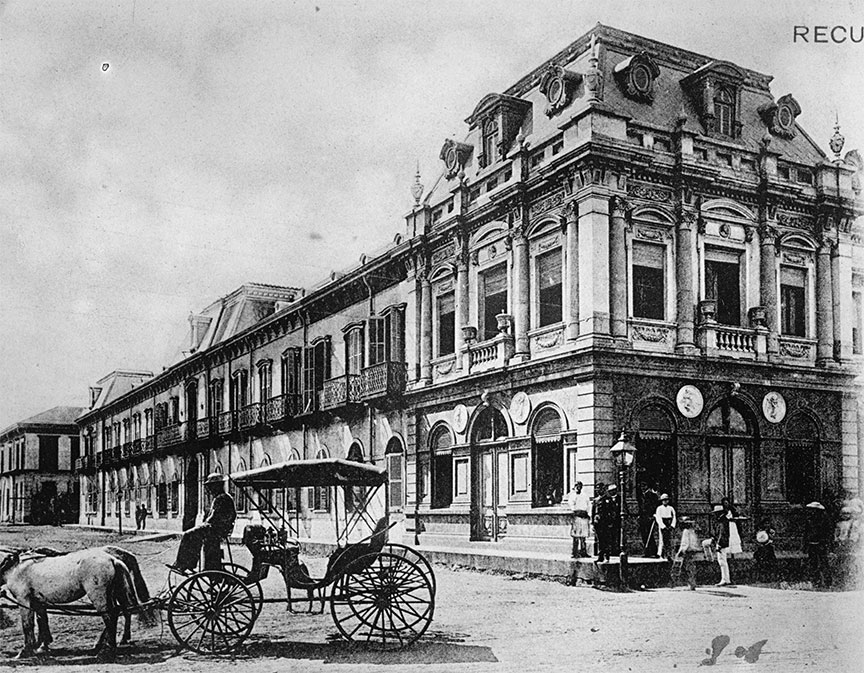1912-1933 US Intervenes in Nicaragua

Managua
The U.S. military intervened in Nicaragua multiple times. The most prolonged occupation lasted from 1912 to 1933, influenced largely by the United States’ interests in the Panama Canal and in stabilizing regimes friendly to U.S. interests.
Nicaragua, due to its geographic location, was of significant interest to the United States in the early 20th century. At this time, the U.S. was focused on securing a canal route through Central America to facilitate naval travel between the Atlantic and Pacific Oceans. Although the Panama Canal was eventually constructed in Panama, Nicaragua was initially a considered location for this strategic waterway. The U.S. interest in a Central American canal was motivated by both commercial and military considerations.
The intervention began in 1912 when U.S. Marines were deployed to Nicaragua in response to a request from the Nicaraguan government, which was facing a rebellion. The U.S. established a military government and took control of Nicaragua's customs and revenue, aiming to stabilize the country financially and politically. This period also saw the formation and training of the Nicaraguan National Guard, a local armed force intended to maintain internal order.
The U.S. intervention in Nicaragua had several implications. Economically, the U.S. gained significant control over the Nicaraguan financial system, exerting influence through the management of customs and support for American businesses. Politically, the U.S. supported and sometimes installed presidents who were favorable to American interests, impacting Nicaragua's sovereignty. The occupation faced resistance from various Nicaraguan factions, with the most notable figure of resistance being Augusto César Sandino, who led a guerrilla campaign against U.S. forces and the Nicaraguan government they supported.
The U.S. began withdrawing its troops in 1933, partly influenced by the Great Depression and changing American attitudes towards foreign military interventions. The legacy of the U.S. occupation in Nicaragua included political instability and a general distrust towards American policies in the region. The National Guard, under Anastasio Somoza García, evolved into a significant political force, eventually leading to the Somoza family dictatorship.
This intervention in Nicaragua is part of a larger pattern of American involvement in Latin America, often referred to as "Gunboat Diplomacy" or the "Big Stick" policy. This approach was characterized by the use of military force to protect U.S. interests in the region and is reflective of the Monroe Doctrine and the Roosevelt Corollary, which asserted U.S. dominance in the Western Hemisphere and justified intervention in the internal affairs of Latin American countries to maintain stability and order.
 >
>